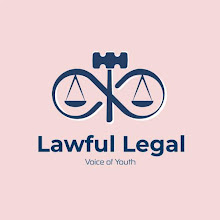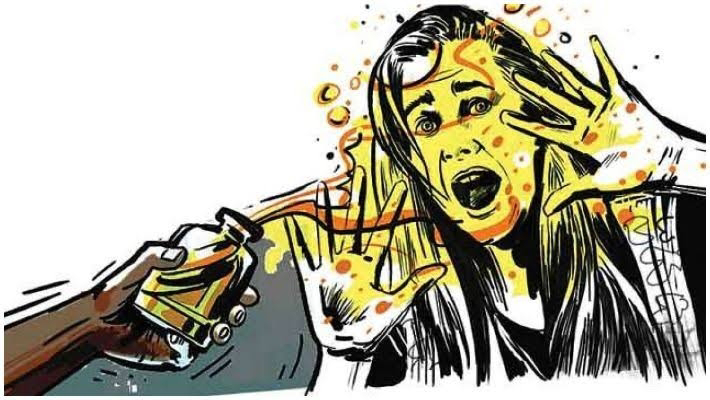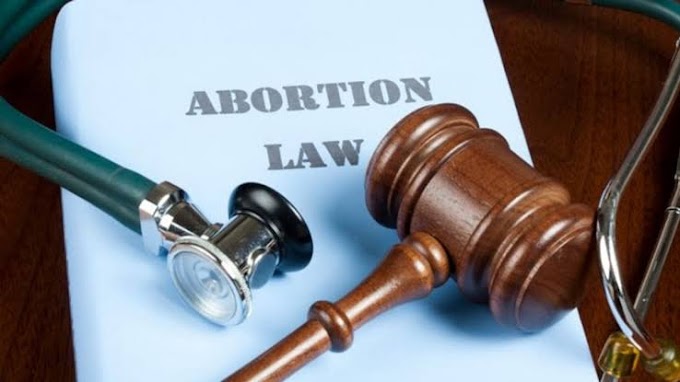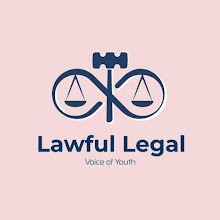A Look at the Judiciary's Part in Reducing Acid Attacks
**Author :- Dhruvi Jain,Student at BM Law College.
Introduction to the crime, Acid Attack:
The act of acid assault may be classified as a highly abhorrent criminal act, when an individual intentionally throws acid or a similarly harmful chemical against another person's body. The primary motives for such acts include causing severe injury, disfigurement, or torment, as well as seeking retribution against the victim. The act of acid attack is considered a serious crime against the physical well-being of an individual, when one person intentionally inflicts harm by throwing acid upon another person.
India now has the highest incidence rates of acid attacks globally, with a concerning upward trend in the number of reported occurrences inside our nation. Based on the findings of the National Crime Records Bureau (NCRB) study, the number of instances recorded in 2019 amounted to 150, followed by 105 cases in 2020 and 102 cases in 2021. The majority of acid attack incidents, around 90%, are documented in countries that are impoverished, including but not limited to Colombia, India, Nepal, Bangladesh, Pakistan, and Uganda.
Acid attack victims suffer physically, psychologically, socially, and monetarily. Acid is caustic and may burn anything it touches. Acid assaults usually include sulfuric, nitric, and hydrochloric acids. If these acids are hurled, they will kill the victim or damage their eyes, ears, nostrils, lips, nose, cheeks, chin, breast, and hairs.
Acid attack victims endure emotional anguish, including irreversible bodily disfigurement and lifelong disability. Victims experience despair, sleeplessness, nightmares, dread of future assaults, and how to engage in society.
Laws on the Acid Attack:
A while back there was a lack of rules pertaining to acid attacks, with insufficient or inadequate regulations in place to effectively penalize those accused of committing acid attack crimes. The individuals who were implicated in this offence were duly sentenced and prosecuted in accordance with the relevant provisions of the Indian Penal Code (IPC):
section 321: voluntary causing hurt,
Section 322: voluntary causing grievous hurt,
Section 324: voluntary causing hurt by dangerous weapons or means,
Section 326: voluntarily causing grievous hurt by dangerous weapons or means respectively.
The aforementioned provisions were hindered by the challenges posed by the prosecution, primarily emerging from the inadequacy of legal frameworks pertaining to acid attacks.This was the prevailing situation prior to the implementation of the Criminal Amendment Act 2013, wherein numerous acid attack cases remained unresolved, thereby placing a heavy burden on the prosecution and resulting in delayed justice for the victims. The absence of specific charges pertaining to acid attacks against the aforementioned accused individuals led to the application of inadequate and insufficient penalties, such as imprisonment for a maximum of one year or a fine of one thousand rupees under Section 323 of the Indian Penal Code (IPC), imprisonment for seven years under Section 325, and imprisonment for ten years along with a fine under Section 326. In cases where the victim succumbed to the attack, the accused would be charged under Section 302 for murder, subject to the provisions outlined therein.
The Criminal Amendment Act of 2013
The Lok Sabha and Rajya Sabha passed the Criminal Law (Amendment) Act, 2013 (Nirbhaya Act) on 19 and 21 March 2013 to amend the Indian Penal Code, Indian Evidence Act, and Code of Criminal Procedure, 1973 on sexual offences. The Bill becomes effective on 3 February 2013 after Presidential assent on 2 April 2013. In response to the 2012 Delhi gang rape demonstrations, President Pranabji Mukherjee issued an Ordinance on 3 February 2013.
This legislation has implemented numerous laws pertaining to acid attacks. Section 5 of the Amendment Act of 2013 added the inclusion of sections 326A and 326B. This modification has effectively enhanced the prevailing circumstances and established a robust system to facilitate compensation for victims. Section 326A of the legislation imposes penalties for the criminal act commonly referred to as a "acid attack," which includes a minimum custodial sentence of 10 years, with the possibility of life imprisonment, in addition to a monetary fee. Conversely, Section 326B addresses the offence of attempting to throw acid, carrying a minimum prison term of 5 years, extendable up to 7 years, along with a monetary fine.
The amendment was made to the Code of Criminal Procedure, 1973, and it was accomplished by inserting Section 357A through the Act-5 of 2009. This law mandates that each state government, in coordination with the central government, must devise a plan in order to compensate victims or the victims' dependents when a crime has resulted in the victim's loss of property or physical injury. This plan must be approved by the central government before it can be implemented. As part of the instruction that the Supreme Court of India gave about the minimum compensation, it was made plain that all of India's states and union territories are required to provide an amount of compensation equal to Rs. 3,00,000/- to every victim of an acid attack.
The Supreme Court's ruling in Laxmi v. Union of India & others (AIR 2015 SC 3662), lays extensive instructions for the care and treatment of acid attack victims, which are summarized as follows:-
All government hospitals should provide free care for acid attack victims.
Private hospitals are required to provide acid attack victims with free emergency care, including access to a bed, food, and medicine.
Victims of acid attacks should be able to use the certificates issued by hospitals as proof that they qualify for reconstructive surgery and other government programs.
Victims of acid attacks who suffer permanent or partial deformity, handicap, etc., should receive compensation of at least ten lakh rupees;
All governments must ensure that the sale of harmful acids is prohibited within three months of April 10, 2015, the date of this judgment.
The Supreme Court also ruled to prohibit the sale of acid after the landmark case Laxmi v. UOI. The Supreme Court has outlawed the resale of acid unless the vendor keeps records of the buyer's name, address, and the quantity purchased in an effort to reduce the frequency and severity of acid assaults. The chemical may now only be purchased from authorized dealers with proper identification and a stated intent to use it for a specific purpose. Within three days of the sale, the vendor must report the transaction's details to the authorities. No one under the age of 18 should purchase acid, and within 15 days after purchase, all available supplies must be reported to the local Sub-Divisional Magistrate. The defaulter may be penalized up to Rs.50,000 and required to forfeit any undeclared holdings. As of recently, acid attacks are a serious and non-bailable crime.
Conclusion
The provisions which are enacted by the legislature to protect the women and for decreasing the number of cases of acid attack, the condition has been improved but still there are many pending cases and many victims haven’t got justice and this step of legislature is not enough.
Following an acid attack, Laxmi filed a PIL in the Supreme Court. The legislature and the Supreme Court of India issued several decisions and directives in response to the PIL, including suggestions for human actions and compensation for victims of acid attacks. Not just with the IPC, but with all legislation, Indian jurisprudence evolved.
References
https://digitalcommons.uri.edu/cgi/viewcontent.cgi?article=1239&context=dignity
https://indianexpress.com/article/explained/delhi-acid-attack-case-laws-on-sale-8327577/




![Freedom of Speech in India [Indian Supreme court and Law of Sedition]](https://blogger.googleusercontent.com/img/a/AVvXsEiGLLUmLKq5Da6xDZplasOZHKRj-jOhWPkoeuy0_Eq757tUpOiHz-xooXwIlAjF0-hmBfi-TtMIv6on_sVgBXVq4wbWwnbsqLOcNX22S8C2aSq-ZuK3vn9wWAx8tXByYOBfwc0hs6b8RJV84YNFG2greouGKjup6g8kN-xVlchW33VHdSSmrhLC1BUEVbGp=w680)





